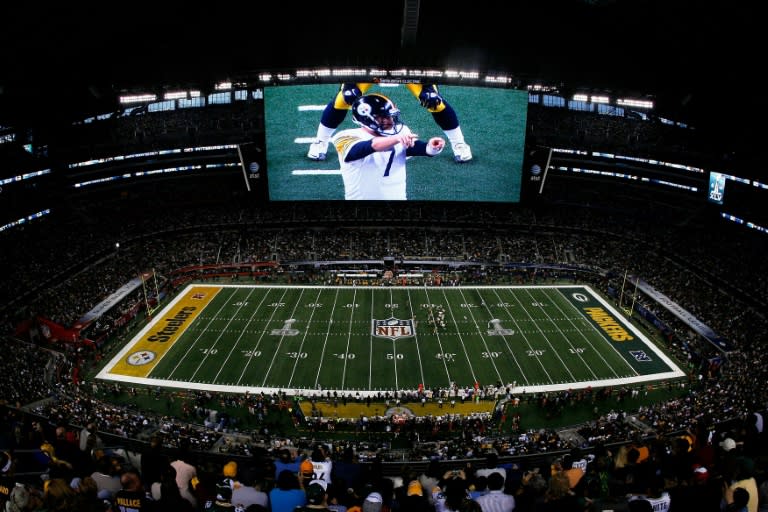Sports broadcasting giant ESPN forced to reinvent itself

ESPN, the giant of American sports television channels, has been losing subscribers by the millions while being clobbered by increasingly expensive broadcast rights. The company must reinvent itself quickly in order to survive. But how? Since its founding in 1979, in the town of Bristol, Connecticut, the world's first broadcaster dedicated solely to sports has become a colossus, comprising multiple networks, platforms and a hundred million subscribers. But the company -- a subsidiary of Disney since 1996 -- has faced headwinds since 2011. ESPN announced a wave of layoffs on Wednesday, cutting some 100 positions, according to US media reports, including some on-camera personalities. The layoffs follow earlier cuts of 300 jobs in 2015 and 400 in 2013. ESPN's troubles are led by the continuing slump in subscriber numbers, down nine million since 2011 even though the company still claims 90 million subscribers. With each subscriber worth an average $9.17 per month, according to figures from analysts SNL Kagan, that equals a combined shortfall of nearly $1 billion. Many Americans subscribed to cable television out of habit for decades, paying for bundles of hundreds of channels even though most only watched a few. Today's TV viewers have options. "Because of the maturation of streaming and the emergence of other sports channels, (ESPN is) in a much tougher situation," said Andrew Zimbalist, professor of economics at Smith College in Massachusetts. He predicts ESPN will lose two or three million more subscribers each year for the next five years before the slide slows. - ESPN for sale? - Fees for broadcasting rights have exploded at the same time, increasing by 54 percent in North America between 2010 and 2014, according to an October 2015 study published by PricewaterhouseCoopers. It expected those fees to more than double between 2010 and 2017. ESPN signed a 10-year contract for the rights to the National Football League's Monday night games and several other events in 2011 for a whopping $15.2 billion. And a new contract with the NBA professional basketball league took effect this season, valued at $12.6 billion over nine years. But "changing consumption habits" means trimming costs won't be enough to get the company through its rough patch, ESPN President John Skipper acknowledged. He has negotiated agreements with most of the online streaming services to have launched in the United States, including Sling, Hulu, YouTube TV and Playstation Vue. Those services offer selections of fewer channels, known as "skinny bundles," for significantly lower prices than traditional cable-TV packages. ESPN's parent company Disney in August also took a 33 percent stake in BAMTech, a subsidiary of Major League Baseball that has become a big player in online video streaming. And ESPN is set to launch a fully online offering later this year, based on BAMTech technology, according to Disney CEO Bob Iger. But even with all those initiatives, "the best ESPN and Disney can hope for at this point is slowing the decline," said Jan Dawson, chief analyst at Jackdaw Research, pointing out that the average income per subscriber will probably decrease as well. Broadcasting rights meanwhile remain extremely expensive and margins will continue to shrink, which is why ESPN must control its headcount, one of the cost factors it can still control. "They'll have to lay off more people, I'm sure, in the coming months," Zimbalist said. With the outlook bleak for the foreseeable future, some analysts and observers, including media mogul John Malone of the Liberty Media group, have called for Disney to sell ESPN. That prompts the question of who would buy it -- which has no obvious answer. "There are fundamental issues here," Dawson said, "that any new owner would need to deal with, too."

